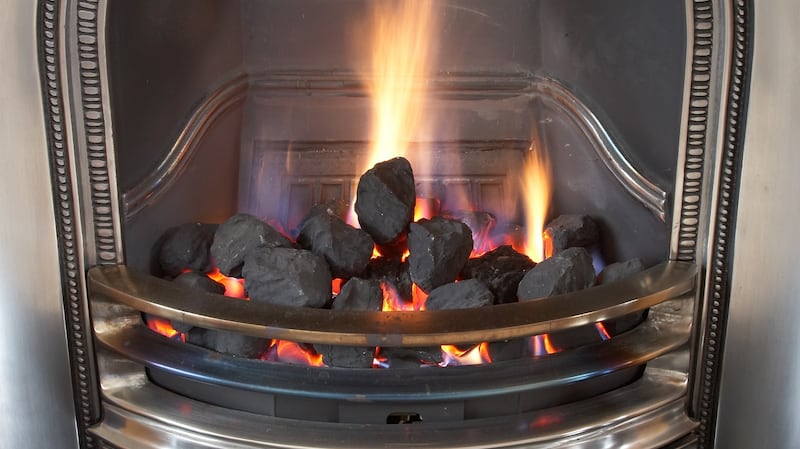Q. We have a gas fire. There is a crack in the back of the fireplace, which seems to have been filled in at some point before we bought this house, 30 years ago. (The house was built in 1933.) We have used the gas fire without problem but I would like to know if this is a potential problem and, if so, what is required to fix it. I would be very grateful for your assistance.
A. You kindly sent a photo of the crack you describe which shows that the fireclay insert within the structural recess has a large vertical crack at the rear which has been badly patched with fire cement. It also shows that the "gas" fire consists of an open burner which heats up coal effect ceramic stones which glow like a coal fire when the gas is lit.
The crack has developed over time due to the heat of the fire and was probably previously a coal fire judging by the condition of the fireback and the original build date of your home.

The insert can easily be replaced because it sits inside a structural reveal; so it could be a DIY job to replace but you will need a qualified gas engineer to remove and replace the gas unit safely.
It is essential that a professional certifies that the installation is safe when complete. Inserts can be obtained in several standard sizes and your local builders’ merchants can advise on availability. Instructions on what is required, including registered professionals or installers, can usually be obtained via the internet or your supplier.
When installing a new insert make sure you check the condition of the lintel or beam over the fireplace opening under the mantelpiece because it too can be damaged by excess heat over time, and replace it as well if it is in poor condition. You might need expert help as this beam can be structural. Also look outside and in the attic space or room above to see if there are any cracks there too and take further advice.
It is vitally important that you check the condition of the flue or chimney above to ensure that it is neither blocked nor cracked and if it is unlined that the mortar joints are intact. Also ensure that adequate ventilation is provided into the room at all times because the products of combustion created by fires are deadly if allowed to build up in the room or leak into other rooms from the flue. To be sure, ask your installer to check the flue and get it lined with a proprietary system if in the least doubt.
These types of open fire are very energy inefficient because the majority of the heat produced will disappear up the chimney which will also draw energy from the room even when the fire is not used. Consider installing a room sealed unit in place of the open fire. There are many attractive and energy efficient units available but do ensure that any such replacement is properly sourced and safely installed by a professional. If in doubt, call your local building surveyor to inspect and advise.
Fergus Merriman is a chartered building surveyor and member of the Society of Chartered Surveyors Ireland, scsi.ie










